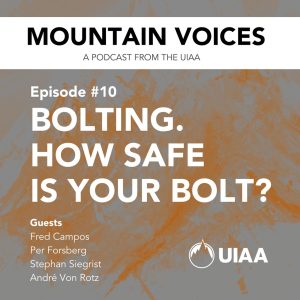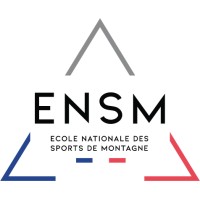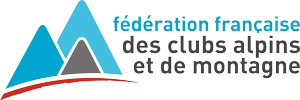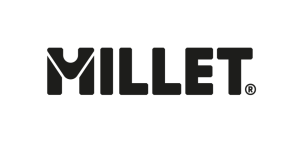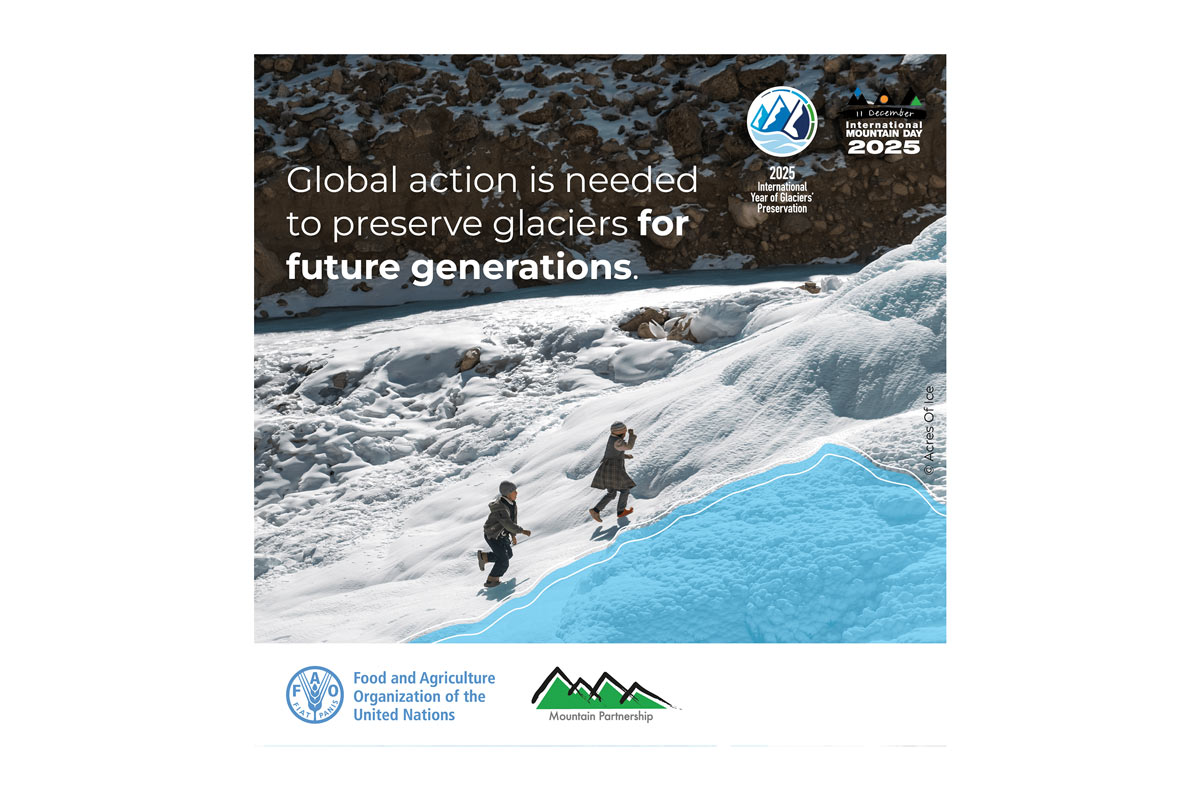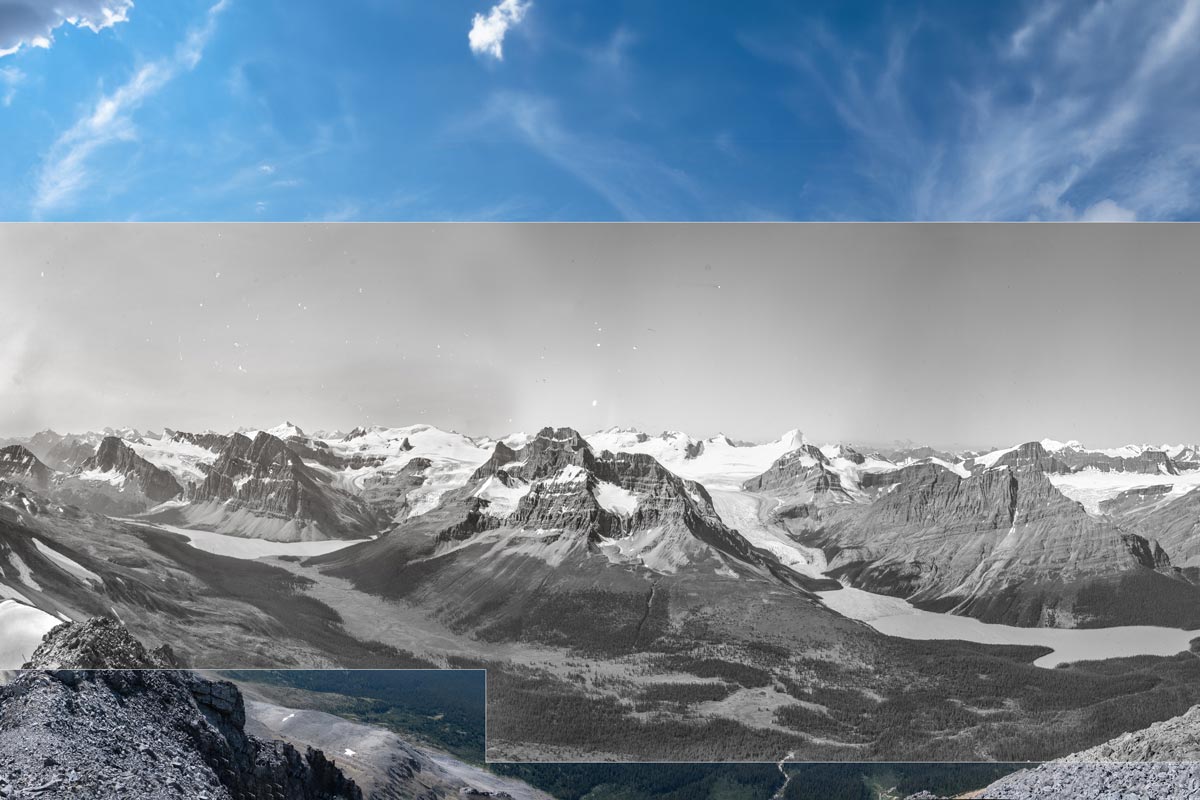In mid-April, the UIAA Safety Commission gathered for its main annual meetings in Chamonix, France.
A diverse programme of activities were held including internal UIAA Safety Commission meetings, plenary meetings involving UIAA Safety Label holding manufacturers and independent accredited laboratories, working group meetings dedicated to specific topics as well as a Bolting workshop and two insightful public conferences.
Furthermore, the UIAA Safety Commission celebrates its 50th anniversary this year. In reality, the UIAA has developed safety standards since the early 1960s, and been engaged in safety topics since the 1930s, but 1975 marked the merging of the Ropes and Belaying Methods Commissions and creation of what today is commonly referred to as ‘SafeCom’.
Nearly 100 delegates attended the various meetings including UIAA President Peter Muir, UIAA General Secretary and former SafeCom President Amit Chowdhury, UIAA CEO Andre Von Rotz, 14 members of the UIAA Safety Commission (as well as ten joining online), over 30 delegates from equipment manufacturers, representatives from accredited laboratories as well as honorary and former members of the UIAA Safety Commission, experts from UIAA member associations (FFCAM, France; SAC, Switzerland), environmental specialists and bolters from across France, Italy and Switzerland; rebolting organisations; and personnel from two UIAA Observer Members – International Slackline Association (ISA) and International Commission for Alpine Rescue (ICAR).
In addition to delivering new standards, making progress in the research and development of others, the meetings provided important opportunities for stakeholders to discuss current trends, innovations and issues in the industry.
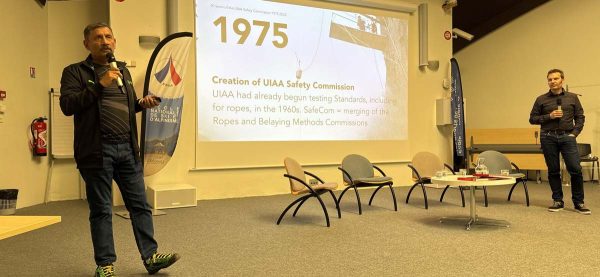
UPDATES TO UIAA STANDARDS
Two of the highlights of the week was confirmation of the approval of two new UIAA Safety Standards:
UIAA 108 Static Ropes, new standard for ropes with very low elongation
This marks the culmination of extensive work, establishing criteria for static strength, elongation limits, and compatibility requirements with descending devices. The key components of the new UIAA 110 static rope standard are developed to address specific needs in glacier crossings, rescue operations, speleology and canyoning —contexts where low elongation is critical. The standard introduces new mechanical tests, including static strength with and without knots, elongation limits (max 2.5%), and compatibility requirements with rappelling devices. This compatibility requirement represents a notable safety enhancement by mandating that manufacturers specify at least one compatible device for safe use.
UIAA 171 Via Ferrata Construction standard
A UIAA standard for Via Ferrata construction (UIAA 171) was approved. This standard will expand on existing guidance by formalising load calculations, construction specifications, and mandatory equipment certification. The standard aims to serve as a reference worldwide, particularly outside the EU.
Revisions to the following existing Standards were approved: UIAA 101 (Dynamic Ropes), UIAA 106 (Helmets), UIAA 123 (Rock Anchors), UIAA 130 (Load Sharing Devices), UIAA 152 (Ice Tools).
In terms of UIAA 123 Rock Anchors
Updates include clearer definitions of manufacturers and sub-suppliers for raw material, mandatory ISO 9001 certification, and enhanced quality control requirements, including welding process oversight. These updates aim to align with international norms and ensure greater traceability and material compliance, without excluding small high-quality manufacturers.
In terms of UIAA 106 Helmets
One of the cornerstones of the revised Standard is an improvement in the protection from impact ‘off-crown’ on the front, back and side. It has been tested at an angle of 10° from horizontal instead of 30° previously.
The new and revised Standards will be published on the UIAA website in due course. A news story will be published when this process has been completed.
NEW UIAA LABORATORY
The UIAA approved the accreditation of a new safety standards testing laboratory and its first in North America. The ACT Lab in will begin testing standards soon. The UIAA now has accredited laboratories in Asia, Europe and North America. Full details about all testing labs can be found here.
OTHER TOPICS DISCUSSED DURING THE PLENARY SESSION
Among the other topics discussed during the plenary session were:
Mountain accidents in Japan
This presentation, based on Japanese accident data, showed a noteworthy trend: a concentration of accidents among climbers aged 40–80, following an almost normal distribution curve. This finding opens avenues for targeted safety messaging and training programmes based on age-specific risk exposure.
Webbing Degradation: UV Study by ISA
Representatives from the International Slackline Association (ISA) presented findings from two research studies led. The studies focused on UV degradation in polyamide and polyester webbings. The data indicated continuous degradation in polyamide materials and more stable behaviour in polyester, with humidity and temperature cycles as aggravating factors. Ongoing field tests are being conducted in locations including Jungfraujoch and the Bern region. Concerns were raised about aging gear remaining in use due to the high cost of technical textiles in some countries.
The group discussed the potential for quality variation between batches of the same material, underlining the importance of robust manufacturer quality control. Several participants recommended engaging webbing manufacturers in future testing and standard discussions.
UIAA Accident Working Group
Stein Tronstad (Norwegian delegate on the UIAA Management Board) presented the work of the cross-commission Accident Database Working Group. The group has catalogued 13 national databases (now listed on the UIAA website) and is analyzing reporting practices with the aim of developing UIAA accident reporting guidelines. They are also publishing findings based on this data, such as recent papers on rope cuts and auto belay accidents. Future goals include integrating data from UIAA ice climbing competitions and expanding into avalanche-related incidents. A question was raised about why some national databases thrive while others see limited adoption.
WORKING GROUPS
UIAA SafeCom working groups are engaged in the following topics:
- Rope cut resistance
- Canyoning harnesses
- Helmets
- Speed ice climbing protection
- Avalanche airbags
- Headlamps
- Brake assistant devices
- Protective equipment in speed ice climbing
The objective is that the work conducted by the above working groups will lead to the updating of some existing standards and delivery of new ones over the coming years.
PUBLIC AND EVENING CONFERENCES
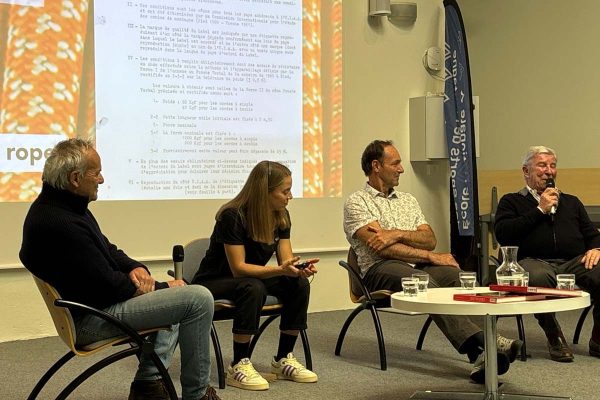
Amongst the highlights of the week were two public events under the guise ‘UIAA SafeCom World Congress’ on the evening of Tuesday 15 April and Wednesday 16 April. These were organised in close collaboration with ENSM, National School of Skiing and Mountaineering of France (Ecole Nationale des Sports de Montagne), and took place at ENSA’s (Ecole Nationale de Ski et d’Alpinisme) HQ.
The topics were:
Climbing-mountaineering and equipment innovation: a common evolution?
Speakers: Michel Beal, CEO Beal, Denis Pivot, CAMP/CEN Commission President, Alain Maurice, Head of Bureau d’étude at Petzl, Jean-Franck Charlet, professor at ENSA, former UIAA SafeCom President and SafeCom Honorary Member
UIAA and EN standards history, research, updates and future developments
Speakers: Denis Pivot, CAMP/CEN Commission President, Jean-Franck Charlet, professor at ENSA, former UIAA SafeCom President and SafeCom Honorary Member, Marco Bonaiti, CEO Kong, Julia Janotte, DAV (German Alpine Club) Sicherheitforschung (Safety Research Centre/DAV)
The events were well received by public and delegates alike and provided a rare opportunities to hear from a number of the driving forces, and indeed legends of world of climbing and mountaineering safety. The two evenings were led by Clemetine Junique, ENSM, and UIAA Safety Commission President Lionel Kiener.
BOLTING WORKSHOP

Another important milestone was the hosting of a UIAA Bolting Workshop. Two members of the UIAA Safety Commission, Fred Campos and Per Forsberg presented the UIAA’s extensive work over the past decade in rock anchors, bolting and corrosion. Information has been consolidated here. Contributions also came from organisations monitoring the environmental aspects of bolting as well as from rebolting projects in France and Switzerland.
In early May, featuring the input of members of the UIAA Safety Commission, a dedicated episode of the UIAA podcast Mountain Voices was released regarding the topic of bolting.
Furthermore, the UIAA has collaborated with the German Alpine Club (DAV) on an English language version of the latter’s bolting guide. Further details to follow. The guide can be downloaded here.
REFLECTIONS ON THE WEEK
“In 1932 the UIAA was formed in Chamonix so it is appropriate that the UIAA has returned to the place of its creation. It was a successful event and perfectly demonstrated the commitment people have to safety and climbing and their skill and competence.”
Peter Muir, UIAA President
“Bringing together over 60 people from various federations, manufacturers and laboratories is impressive and very important. We serve as a global platform to share knowledge and practices from different countries.”
Lionel Kiener, UIAA Safety Commission President
“In the Bolting Workshop we provided a lot of information on the equipment available, the standard they are tested to, and general background information on bolts and material which is needed when choosing the right equipment.”
Per Forsberg, UIAA Safety Commission/Svenska Klätterförbundet (Sweden)
“During the Bolting Workshop, we focused on the cohabitation between climbing and nature conversation and how to avoid conflicts. It has been interesting to hear the perspective of other organisations and alpine clubs on how they have worked together to find solutions and come together.”
Lucie Wiget, Swiss Alpine Club
“This is the busiest I’ve seen a SafeCom meeting. Having conversations face to face with manufactures is great. The conversations and ideas formed help us to build up connections and drive the work that both the UIAA and the BMC, my home federation does.”
Nick Galpin, UIAA Safety Commission/British Mountaineering Council
“I have been active on a number of working groups , developing standards and being part of a team. It is great creating standards which don’t stifle innovation and getting input from manufacturers, end users and certified bodies. It was a very beneficial meeting.”
Michael McClurg, Trango
—
The UIAA thanks all delegates for attending a highly successful weeklong event as well as ENSM/ENSA for their hosting of their event and FFCAM and Millet for their support.


